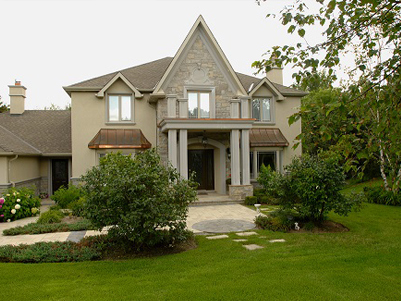With over 7 billion people on earth, humankind’s demand for energy, water, and resources is having a tremendous impact on our environment. We are literally reshaping the natural systems that we rely on for clean air, fresh water, and healthy food. Faced with this reality, the question of how to sustainably co-exist with each other and with nature is of increasing importance – indeed, it is the question of our time.
Building design plays a key role in this equation. Throughout the twentieth century, most buildings were designed with little concern for how much energy, water, and materials were consumed, or how this might impact the human and ecological health. This led to enormous waste, and introduced innumerable toxins into the world around us.
Thankfully we are witnessing a paradigm shift. With increasing awareness of human and environmental health comes increasing demand for improvement. People are seeking (and creating) holistic solutions – ones that offer healthy and productive indoor environments, conserve resources, and reduce environmental impacts, all while adhering to an affordable bottom line.
The shift towards sustainability is certainly not without its challenges. Lack of industry and consumer awareness for example, has created uphill battles in design and implementation. New-comers to the sector must face off against experienced players with a strong foothold in the market. And some solutions require higher up-front capital in order to deliver long-term savings.
Fortunately, there are lots of up-sides too. Innovation is accompanied by new employment opportunities. Renewable energy sources are increasingly competitive. And there are multiple third-party systems for certifying ‘green’ buildings and measuring outcomes.
Looking ahead, this blog will explore sustainable design in greater detail. We hope you’ll find the topic interesting and relevant, that you’ll join in the discussion, and encourage others to as well. Maybe you’ll even find some tips for improving your own home or office environment!

